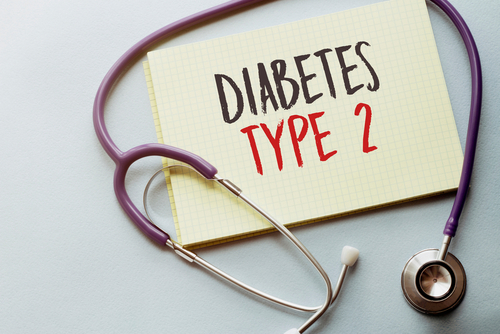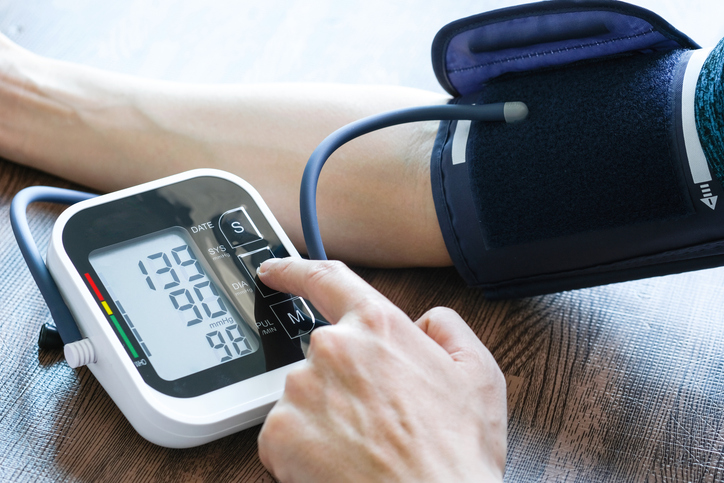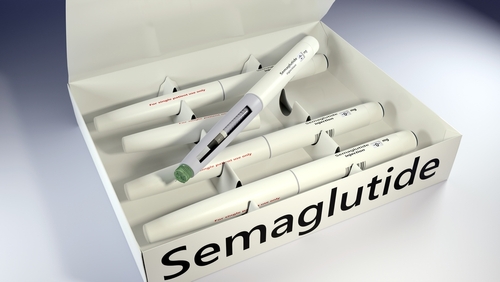
Life-threatening hyperglycemic crises (HC) associated with diabetes, including diabetic ketoacidosis (DKA) and hyperglycemic hyperosmolar state (HHS), are commonly seen in patients with preexisting diabetes. According to researchers, up to 20% of cases of those complications are seen in patients with newly diagnosed diabetes. Patients with HC are at an increased risk of subsequent morbidity and mortality compared to those without HC.
There are few data available on the risk of chronic complications among patients experiencing HC at the initial presentation of type 2 diabetes. Chun-Ta Huang, MD, and colleagues in Taiwan conducted a study to assess the risk of developing chronic kidney disease in patients experiencing HC at the time of type 2 diabetes diagnosis. The study was designed to test the hypothesis that there is an association between HC occurring at the time of diabetes diagnosis and a higher risk of developing CKD. Results of the study were reported online in Scientific Reports.
The study utilized the Taiwan National Health Insurance Research Database (NHIRD) to identify newly diagnosed cases of type 2 diabetes between 2006 and 2015. Exclusion criteria were diagnosis with diabetes or use of glucose-lowering drugs prior to the study period, age less than 20 years, history of kidney disease (including benign or malignant neoplasms of the kidney, CKD of any cause, glomerulonephritis, nephrotic syndrome, urolithiasis, and congenital renal anomalies), or deceased at baseline.
The primary outcome of interest was the combined incidence of CKD or diabetic kidney disease (DKD) or both. CKD was defined as GFR <60 mL/min/1.73 m2 and/or markers of kidney damage that persist for more than 3 months. DKD was defined as cases with CKD presumed to be caused by diabetes.
The HC cohort included individuals with concurrent HC at the time of their type 2 diabetes diagnosis. A control cohort (non-HC) of the same sample size frequency matched by diagnosis year and propensity score was drawn from the NHIRD. Multivariable logistic regression for each person at baseline was used to calculate propensity scores. Variables included sex, age, type of residence, enrollment category, monthly income, comorbidities (hypertension, heart failure, coronary artery disease, ischemic stroke, transient ischemic attack, peripheral arterial disease, hyperlipidemia, obesity, and malignancy), and use of angiotensin-converting enzyme inhibitors (ACEis) or angiotensin II receptor blockers (ARBs).
Each cohort included 13,242 participants. The mean age was approximately 54 years and 62% were male. The HC cohort had lower income and higher prevalence of malignancy compared to the control cohort (6.24% vs 2.99%, respectively). The HC cohort had lower prevalence of hypertension and hyperlipidemia compared to controls (32.7% vs 37.5% and 13.2% vs 20.7%, respectively). The proportions of patients who received ACEis or ARBs were similar in the two groups.
The HC cohort comprised three subcohorts: patients with DKA, those with HHS, and those with combined DKA and HHS. In the overall HC cohort, 55.1% had DKA, 39.2% had HHS, and 5.7% had combined DKA-HHS. During a median follow-up of 4.97 years in the HC cohort, there were 4,106 (31%) events observed, compared to 2,735 (20.7%) events during a median of 7.15 years of follow-up in the control cohort, corresponding to incidence rates of 56.47 and 29.48 per 1,000 person-years, respectively. The cumulative incidence was higher in patients with HHS and combined DKA-HHS than in those with DKA in the HC cohort.
The cumulative incidence of CKD and DKD was significantly higher in the HC cohort than in the control cohort. In the HC cohort, the cumulative incidence was greater in those with HHS and combined DKA-HHS than in those with DKA. The adjusted HRs (aHRs) among the HC subcohorts ranged from 1.69 (95% CI, 1.59-1.79) for DKA to 2.47 (95% CI, 2.33-2.63) for HHS and 2.60 (95% CI, 2.29-2.95) for combined DKA-HHS. The HRs were attenuated but retained statistical significance in the main HC cohort and its subcohorts in subdistribution hazard models.
The researchers performed separate subgroup analysis in individuals 40 years or older (HC group, n=10,266 and control group, n=10,419), including 5,104 individuals with DKA and 4,591 with HHS in the HC cohort. The results were similar to those in the primary analysis, with a comparable increase in the HR between the HC and control cohorts. There was also a stepwise escalation in the aHR among the HC subcohorts from 1.62 (95% CI, 1.51-1.72) for DKA to 2.33 (95% CI, 2.19-2.49) for HHS, and 2.59 (95% CI, 2.25-2.98) for combined DKA-HHS.
Results of the nested-case control analysis demonstrated that the risk of developing CKD or DKD was significantly higher for patients with a history of hyperlipidemia (adjusted OR [aOR], 1.22; 95% CI, 1.15-1.30), acute kidney injury (aOR, 1.33; 95% CI, 1.18-1.50), DKA (aOR, 1.56; 95% CI, 1.47-1.66), and HHS (aOR, 1.75; 95% CI, 1.64-1.86). The risk was also higher for those who received treatment with ACEis or ARBs compared to those who did not receive those agents (aOR, 1.93; 95% CI, 1.75-2.13 for those treated for ≤90 days and aOR, 1.69; 95% CI, 1.57-1.82 for those treated for ≥90 days).
Limitations to the study cited by the authors included relying solely on claims data that might have created the possibility of misclassification of diseases, the inability to adjust for covariates not included in the NHIRD (laboratory tests, blood pressure, waist circumference, body mass index, and lifestyle), and the possibility that the findings are limited to populations with similar characteristics.
In summary, the researchers said, “Patients who experience HC upon type 2 diabetes diagnosis have a higher risk of developing CKD compared with those without HC at diagnosis. As type 2 diabetes and end-stage renal disease are highly prevalent in Taiwan, proactive preventive measures are imperative to mitigate risks in this vulnerable population. These interventions should include early introduction of ACEis or ARBs and sodium glucose cotransporter-2 inhibitors, stringent control of diabetes and the reduction of other risk factors, and educational programs for continuous diabetes self-care management. Furthermore, health care authorities should reinforce government-subsidized diabetes screening programs, especially for the underprivileged to facilitate early recognition of undiagnosed diabetes and prevent HC Incidents.”
Source: Scientific Reports.







 © 2025 Mashup Media, LLC, a Formedics Property. All Rights Reserved.
© 2025 Mashup Media, LLC, a Formedics Property. All Rights Reserved.